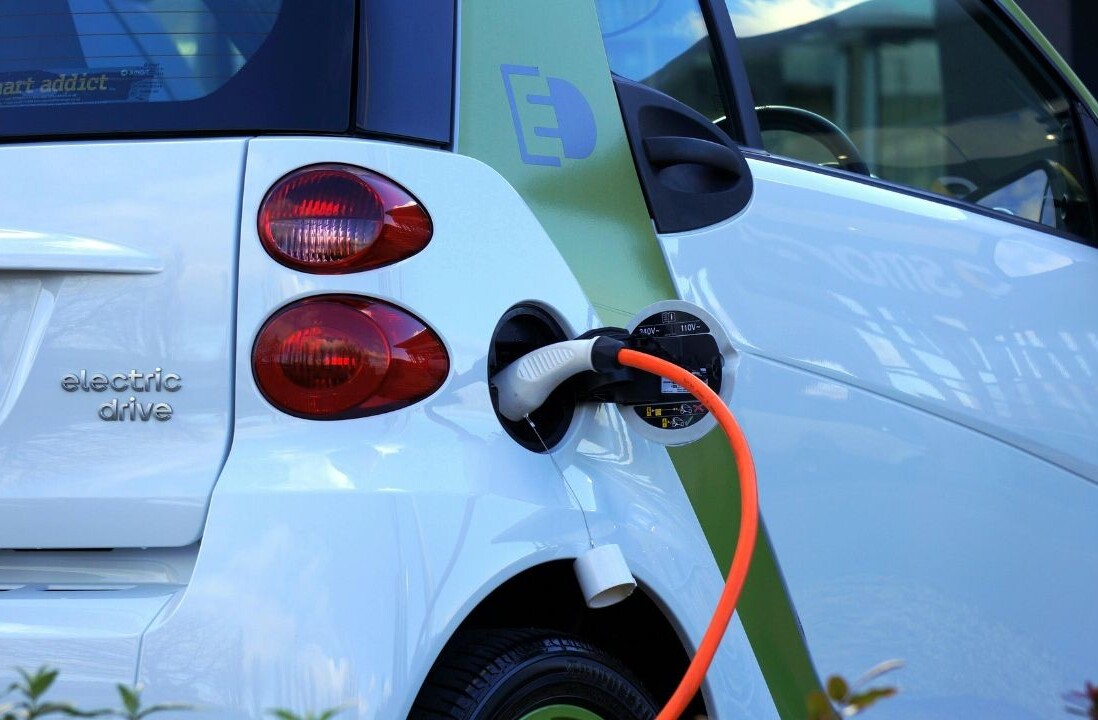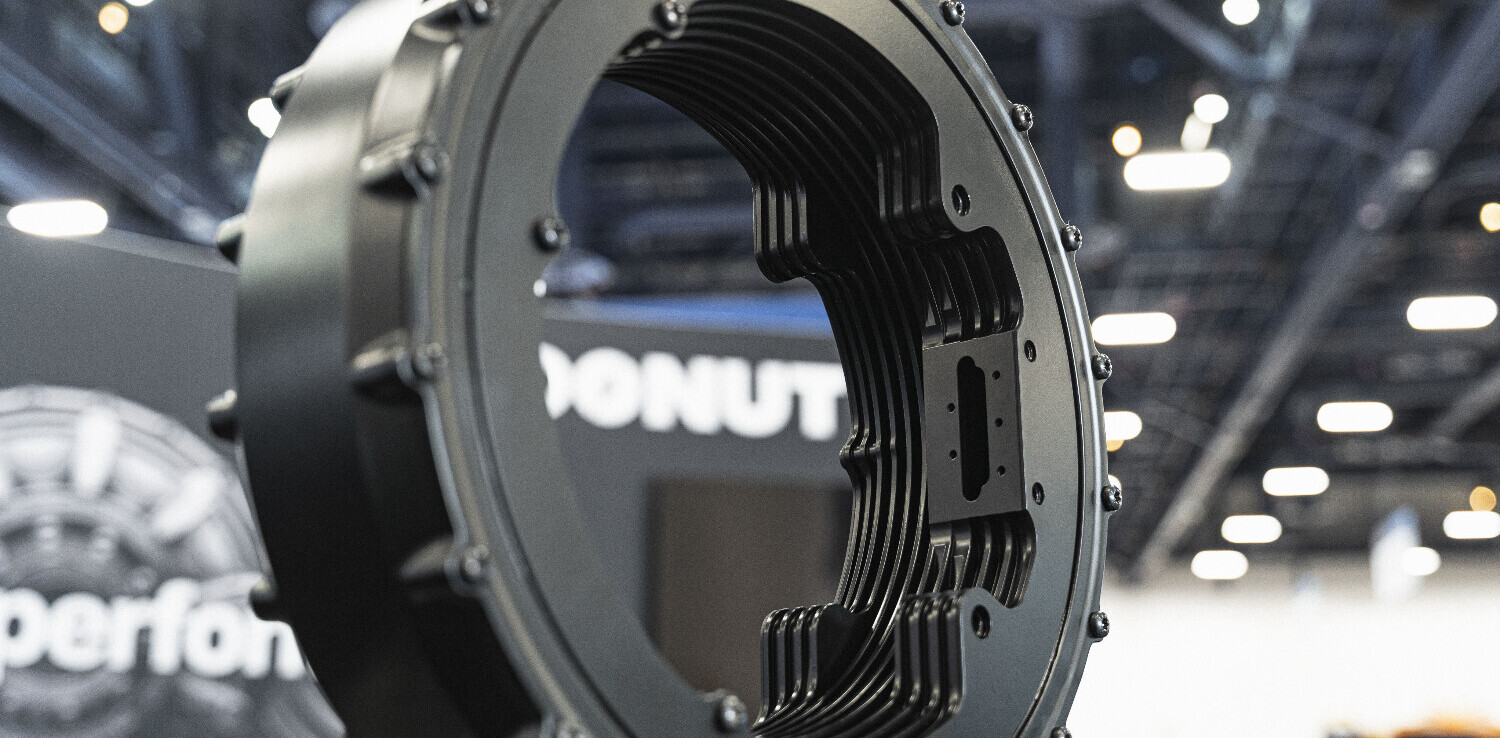
With the 2050 deadline looming, the switch to electric is now inevitable. But we’d be fools to believe that the journey will be easy. So, in the wake of a surge of carbon neutrality announcements from car manufacturers, and continued uncertainty about what constitutes credible net-zero targets, Polestar is calling for action over aspirations.
Green intentions and opaque promises all sound impressive, but climate neutrality isn’t open to interpretation. Either something is, or it isn’t. Greenwashing only serves to obstruct real progress, leading people to believe they’re making a difference when they actually aren’t.
Climate neutrality can only be achieved by reaching net-zero greenhouse gas emissions through removal or elimination. Through effort and innovation. The time has come to clean up the automotive industry.

1.5°C of difference
In the 2015 Paris Agreement, governments agreed to implement measures to keep the rise in global temperature below 2°C. In 2018, the Intergovernmental Panel on Climate Change corrected this to a maximum of 1.5°C.
With the point of no return rapidly approaching and accountability in the hands of us all, GHG emissions must halve by 2030, and drop to net-zero by 2050.

Offsetting as a last resort
The 1.5-degree rule basically outlines how much and how quickly a company needs to reduce its GHG emissions in order to comply. However, in order to reach these targets, some companies rely too heavily on offsetting emissions through tree planting or investments in renewable energy.
Though we acknowledge that third-party offsetting can be used as a last resort to reach net-zero greenhouse gas emissions (and realize it will still be necessary in the future), until there are solutions with proven results in place, Polestar views carbon offsetting as a last resort in achieving climate neutrality.
An even more unsettling reality is the fact that many of the same companies declaring their commitment to climate change are still investing in Internal Combustion Engine (ICE) tech. While scientists repeatedly emphasize the need for a rapid decline in emissions, ICE vehicles are still rolling off production lines—depleting the remaining carbon budget and making the 2050 deadline impossible.
We have to realize, we can’t contribute to the solution at one end and the problem at the other. It’s like playing environmental Jenga.
Clear standards. Cleaner results.
What we need are industry-wide parameters. This will enable us to focus on reducing the emissions we can mitigate, audit our value chain effectively, and embrace transparent carbon footprint reporting, supply chain ethics, and materials traceability.
We all need to take the road less traveled, measure every car brand with the same stick, and take tangible steps towards science-based goals. Because this is the only way we win the race to net-zero emissions. There is no shortcut.
The Polestar pledge
At Polestar, we’re determined to improve the society we live in by accelerating the change to a fully electric, climate-neutral future.
In order to be part of the change that we know needs to happen, we’re developing new technologies, utilizing innovative and circular materials, and partnering with those who can help us secure renewable energy.
We’re also not afraid to document the setbacks and challenges, along with the successes. We want consumers to make considered decisions. To know the environmental impact of the car they choose to drive—from design to end-of-life.
Our Life Cycle Assessment report outlines the carbon-heavy realities of EV manufacturing, and we are promising full supply chain traceability and transparency on the lifetime carbon footprint of all new models.
So, when we talk about the Polestar journey to climate neutrality, we mean following science-based targets to reduce our GHG emissions in line with the 1.5-degree pathway.
The road ahead may be long, but until the industry reevaluates how it does business, we’ll never be able to truly clear the air when it comes to discussing net-zero.
Get the TNW newsletter
Get the most important tech news in your inbox each week.





